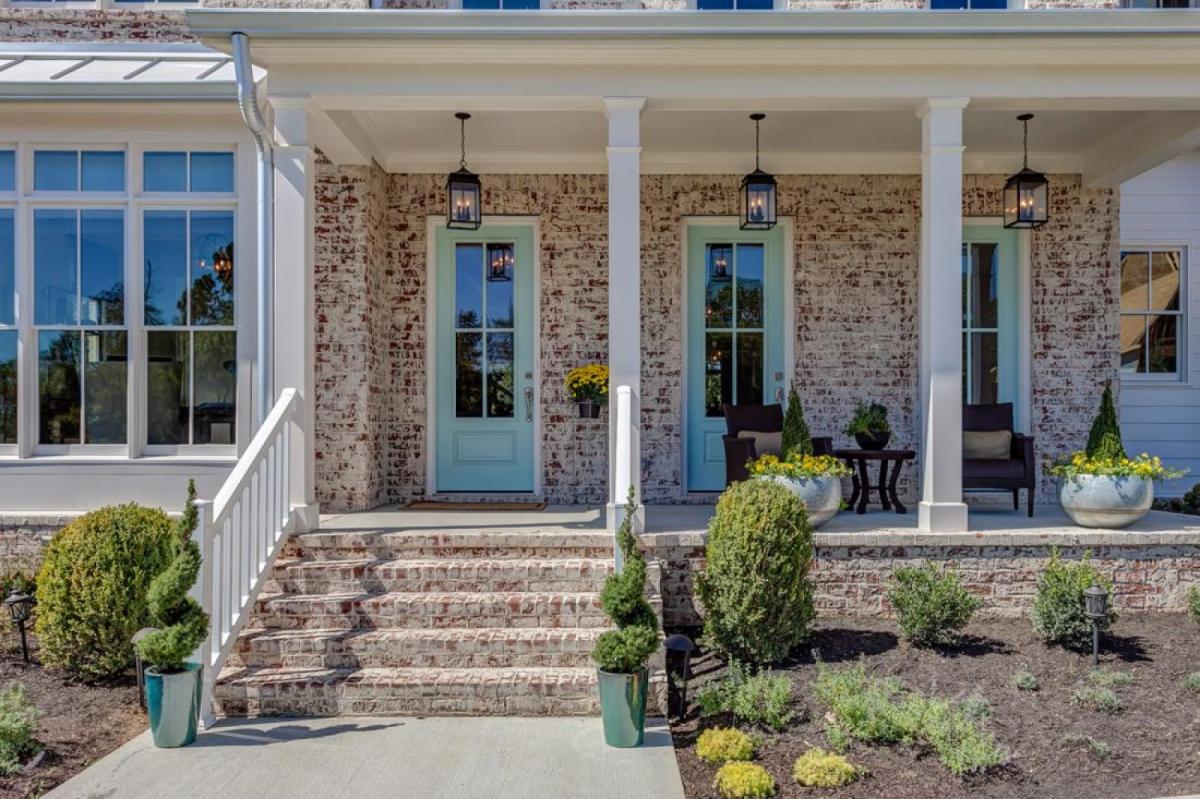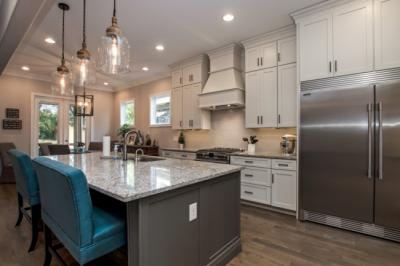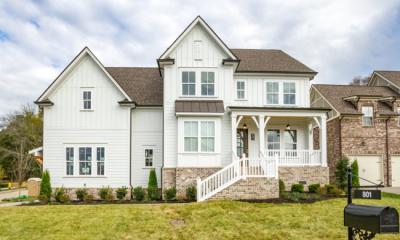 February 2024
Woodridge Homes
February 2024
Woodridge Homes
Entering the world of real estate mysteries, the higher price tag for single-story homes reveals unique characteristics that make them appealing and somewhat more expensive. These one-story homes, which have a more horizontal footprint and a more straightforward structure without several stories, increase property costs.
Convenient single-story living contributes to its attractiveness, increasing demand and raising costs. If you also want to learn why a single-story home is more expensive than double or triple-story houses, you are at the right place. This guide crafted by Woodridge Homes explains various factors contributing to the high costs of single-story homes. The most common factors are:
- Land cost.
- Construction expenses
- Design complexity.
- Regulatory factors
- Energy efficiency
- Market demand
- Resale value
If you want to learn more about these factors in detail, keep reading!
Responsible Factors For The High Costs Of Single-Story Houses
Below are some essential factors that make a one-story home price reach sky-high.
Land Cost
The first factor is the land cost when comparing the cost difference between single-story and multi-story homes. Single-story homes typically have a larger footprint and need more land. This spatial extravagance translates into a higher upfront investment. It becomes clear that the appeal of a large, single-story home comes at a higher cost and needs more acreage. In any popular area, it might drive up the total cost of a home.
Construction Expenses
Single-story homes often have a more extensive foundation, and it's not just about the concrete – it's about the increased labor and material costs associated with the building’s broader base. Roofs also become a substantial expense as they cover a more extensive area.
The higher cost of single-story homes makes sense when you consider the additional resources needed to construct a house that spreads horizontally rather than vertically.
Design Complexity
The appeal of single-story living often lies in its spaciousness and better flow. However, achieving this requires customization, and customization comes at a price. Architectural intricacies, engineering considerations, and aesthetic enhancements contribute to the elevated costs of single-story homes. Unique demands of designing and building a house that prioritizes horizontal space also contribute to the raised costs of one-story houses.
Permitting And Regulatory Factors
Zoning regulations can promote multi-story buildings while adding layers of scrutiny and requirements to single-story projects. The process becomes more intricate, often demanding more time and financial investment. Woodridge Homes’ expert builders suggest that understanding why a single-story home is more expensive involves recognizing the regulatory hurdles that can increase the cost of bringing a single-story dream to life.
Energy Efficiency
Efficiency in energy usage is a critical consideration in home design. With their wide layouts, single-story homes can require more extensive heating and cooling systems to ensure consistent comfort throughout the space.
Market Demand
Consumer preferences play a significant role in shaping the real estate market. The high demand for single-story homes, driven by factors like aging populations and accessibility concerns, increases cost. The higher costs of single-story homes intersect with market dynamics, where the law of supply and demand influences the pricing of these in-demand living spaces.
Resale Value
There's a positive aspect for those investing in single-story homes – their resale value. While the upfront expenses can be higher, the appreciation of single-story properties often outpaces their multi-story counterparts. You will have long-term investment and potential returns by building a single-story home.
Conclusion
Several factors are responsible for the expense of single-story homes. Land costs, construction expenses, design intricacies, regulatory hurdles, energy efficiency demands, market dynamics, and resale values contribute to the overall expense.
Yet, for many, the allure of single-story living, with its open spaces and accessibility, justifies the price tag. Understanding these factors provides a more informed perspective as you go deeper into the real estate landscape. If, after learning all these factors, you also need building services for your single-story home, you can contact Woodridge Homes, as we offer excellent home-building services.
FAQs
What is considered a single-story house?
Every bedroom and living area in a single-story house will be on the same floor. This is not as private as two-story layouts, which allow bedrooms to be located upstairs and even divide the master bedroom from the children's quarters.
How high is a single-story house?
With an average height of around 14 feet, the height of each story in a structure varies depending on the thickness of the floor, the height of the ceiling, and the building materials. A story is around fifteen feet (four and a half meters) long, including the headspace in the rooms and the floor and ceiling framework.
What is the disadvantage of a single-story building?
Naturally, a single-story house won't have as much space as a two-story one. This implies that you could have to go with smaller living and kitchen areas, bedrooms that aren't as big, and one bathroom rather than two.
Recent News
Benefits Of Building A Custom Home
February 2024
Why Are Single-Story Homes More Expensive?
February 2024
What Is Single-Story vs. Two-Story Resale Value?
February 2024
Ready to make your dream home a reality?
Get Started


